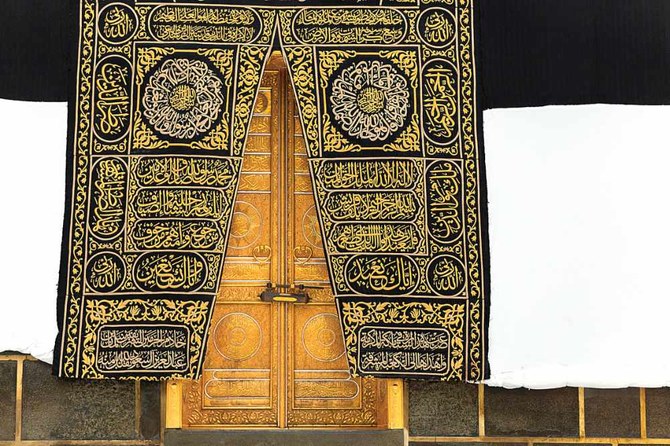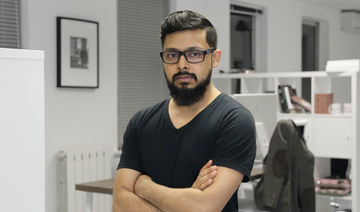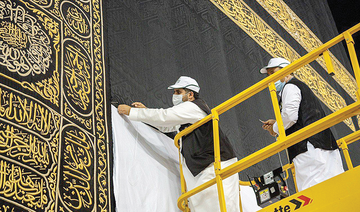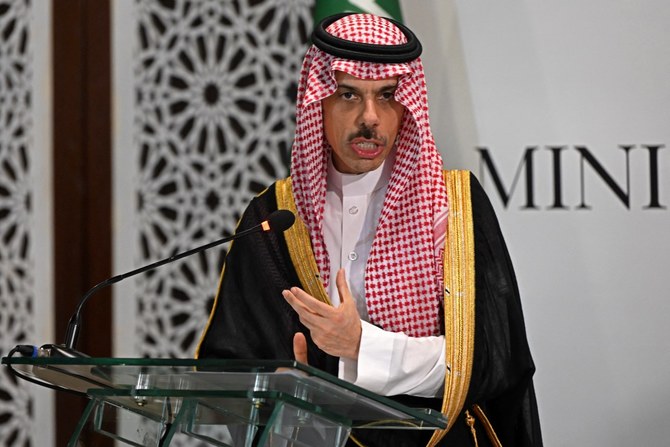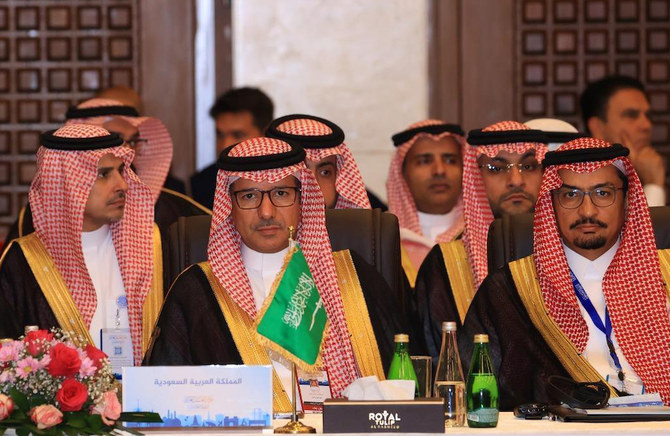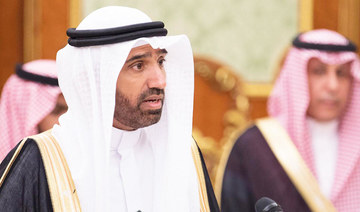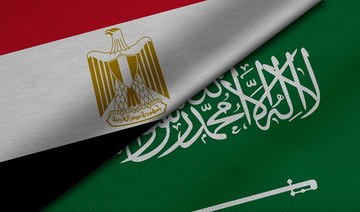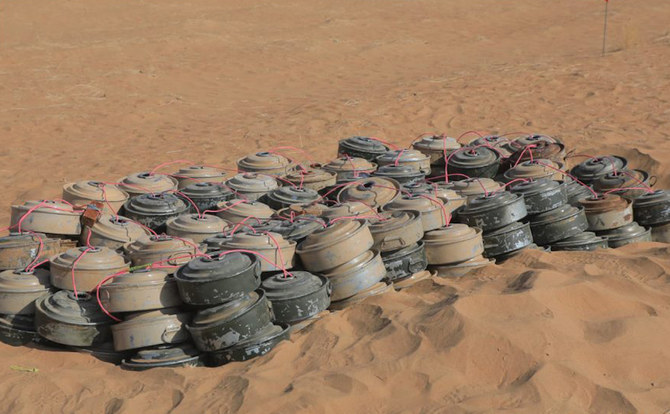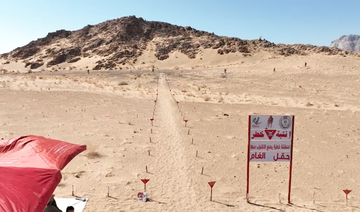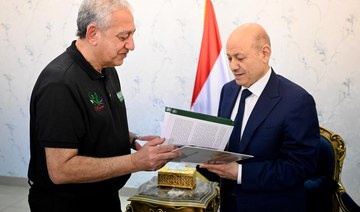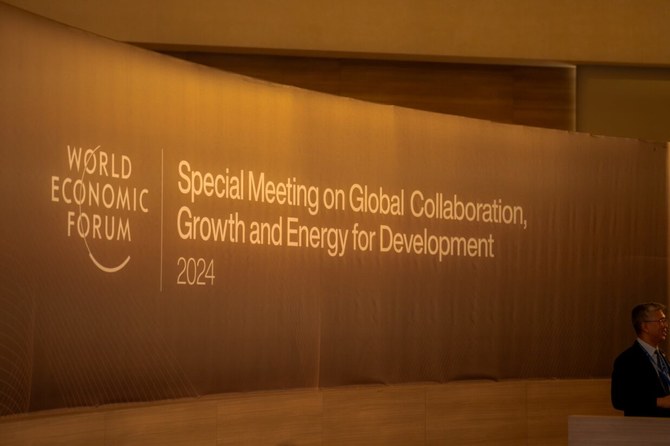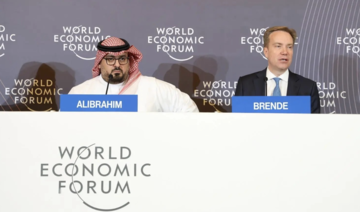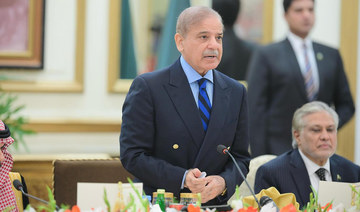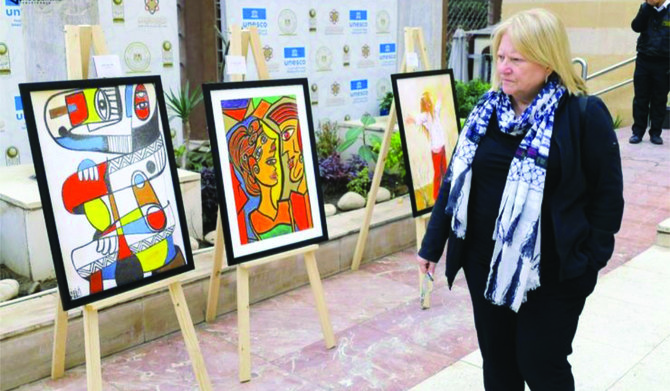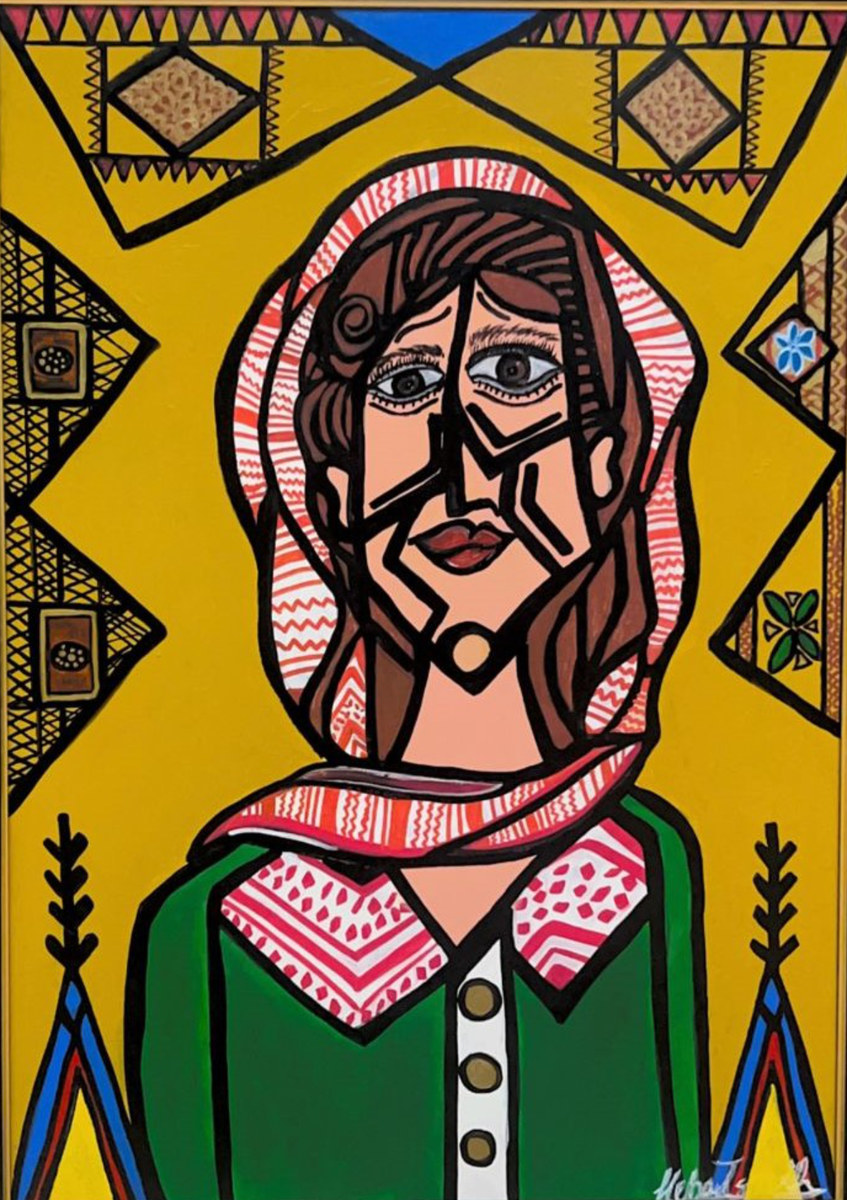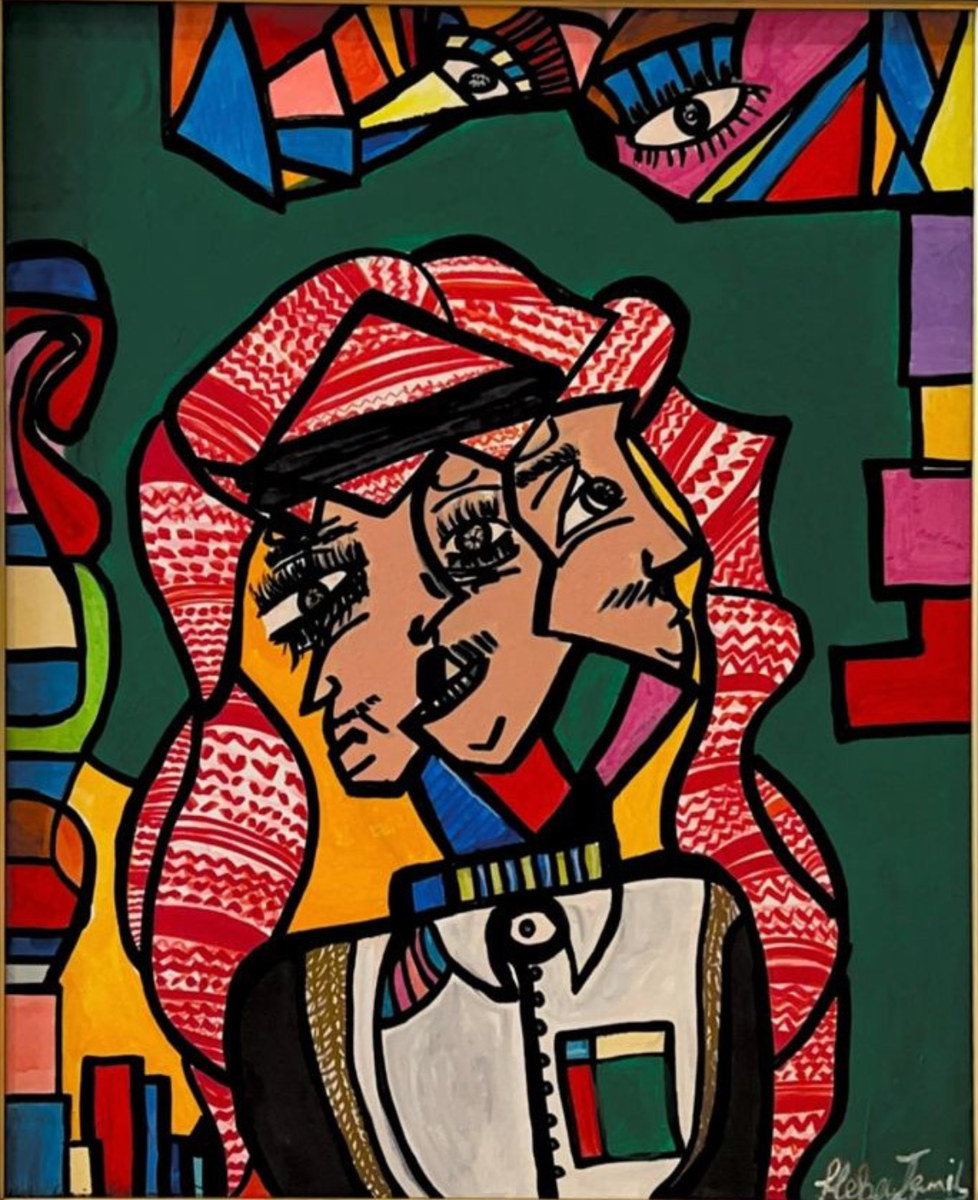RIYADH: With a steady and sturdy hand, a calligrapher’s passion and commitment to the art of the written word can be displayed through various mediums, but none more honorable than displaying that passion on the Holy Kaaba’s Kiswa (curtain).
Mokhtar Alim Shokder, a calligrapher at the Kiswa Factory of the Holy Kaaba in Makkah, fell in love with calligraphy at a young age and developed his skill over the years, which landed him the prestigious and honorable position he is in today.
As a third-grader, he joined a three-month calligraphy course during the summer of 1977 held in Makkah’s Grand Mosque. At the outset, he showed extraordinary skills, which impressed his teachers, and he was made a calligraphy teacher the following year.
With practice and determination, Shokder fell more in love with calligraphy and felt happier when his skills improved.
“I would practice for long hours each day because I loved Arabic calligraphy. My classmates would come and ask for tips on how to improve their handwriting,” he recalled. “I felt overjoyed, with a strong drive to perfect my skills. My colleagues and I would spend long hours training nonstop, with full focus on the tasks at hand to perfect our work.”
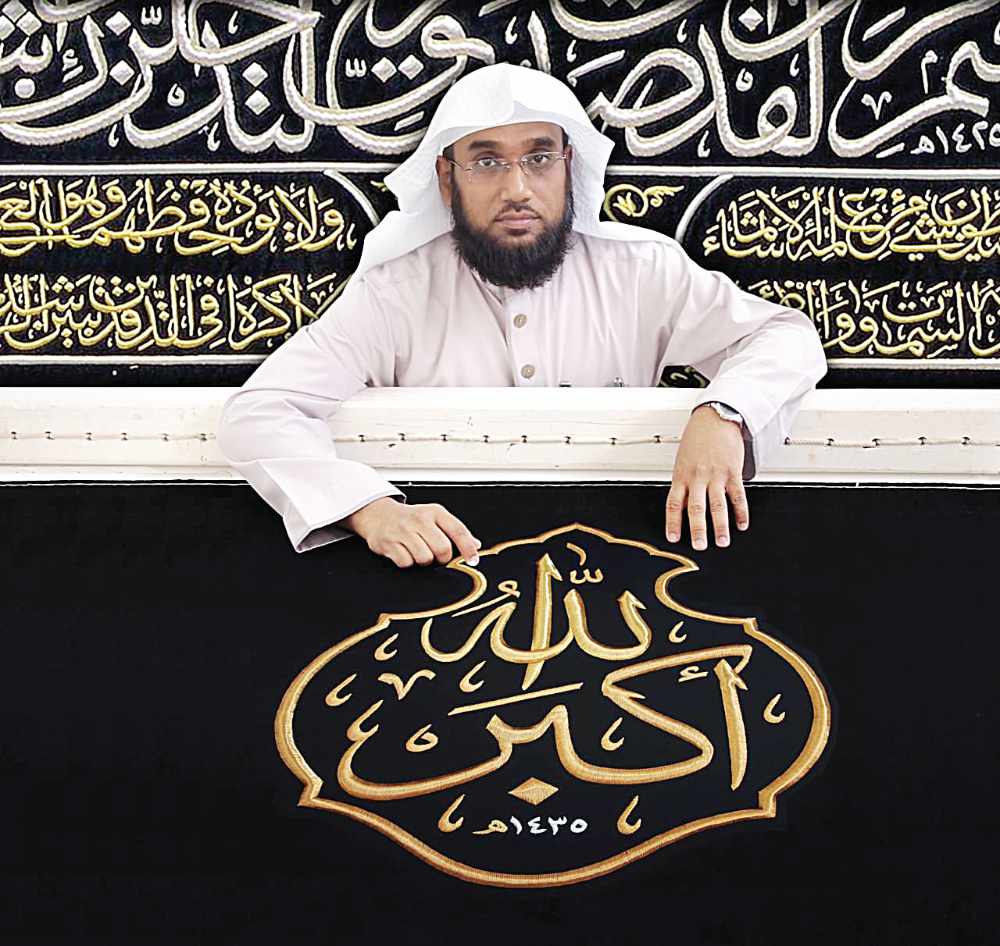
Mokhtar Alim Shokder, a calligrapher at the Kiswa Factory of the Holy Kaaba in Makkah, fell in love with calligraphy at a young age and developed his skill over the years.
(Supplied/ Reuters)
His preferred type of font is Naskh, a sans-serif script that is characterized by the lack of “hooks” on the ends of ascending and descending strokes, considered to be one of the earliest forms of Islamic calligraphy and which is used in the Holy Qur’an. However, he uses the Thuluth font more often, because it allows for curved and oblique lines and slopes, and is used for writing on the Kiswa.
Shokder said that Kiswa writing methods had developed immensely, noting that the calligraphy takes a lot of time and requires patience and precision.
He was influenced by several calligraphers, especially the 19th-century Ottoman calligrapher Sami Efendi, whose works were prominent during his time for its attractive design for vowel signs, decorations, and numbers. Heavily influenced by his work, Shokder was impressed the first time he saw one of Efendi’s works, calling him a role model for all calligraphers.
After teaching calligraphy for several years at the Grand Mosque, he enrolled at Umm Al-Qura University’s Art Education Department in 1989 to hone his skills. He said he benefited most from Muhammad Hassan Abu Al-Khair, a professor at the department and a famous calligrapher known to participate in several competitions and exhibitions.
FASTFACTS
- As a third-grader, Mokhtar Alim Shokder joined a short course during the summer of 1977 held in Makkah’s Grand Mosque. His preferred type of font is Naskh, a sans-serif script that is characterized by the lack of ‘hooks’ on the ends of ascending and descending strokes.
- Due to his extraordinary skills, he was made a calligraphy teacher the following year.
- After teaching calligraphy for several years at the Grand Mosque, he enrolled at Umm Al-Qura University’s Art Education Department in 1989 to hone his skills.
- His preferred type of font is Naskh, a sans-serif script that is characterized by the lack of ‘hooks’ on the ends of ascending and descending strokes.
- However, he uses the Thuluth font more often, because it allows for curved and oblique lines and slopes, and is used for writing on the Kiswa.
“The artistic works need a lot of patience and precision. For example, to write five words using calligraphy can take you two to three months and sometimes longer,” said Shokder. “It is the execution of the work that takes a long time. Some people think that such an artwork that has three words can take an hour but this is not true.”
According to Shokder, calligraphers will spend long hours working and have to bear the pressure associated with executing such works, to hone and perfect skills with years of practice and training.
In 2003, he was appointed the sole calligrapher for the Kiswa, a position his father saw in a dream, a moment he cherishes deeply. “It was one of the happiest moments of my life and a great blessing from God, for which I will always be indebted. My father’s dream came true,” he said.
The methods of writing on the Kiswa have developed over the years. The late calligrapher Abdulraheem Ameen Bokhari, Shokder’s predecessor, used chalk to write the script on the silk cloth. In later years, silk-screen printing was introduced which allows the calligrapher to save the script and preserve it on a computer, a method which allowed the Kiswa’s calligrapher to improve the script.
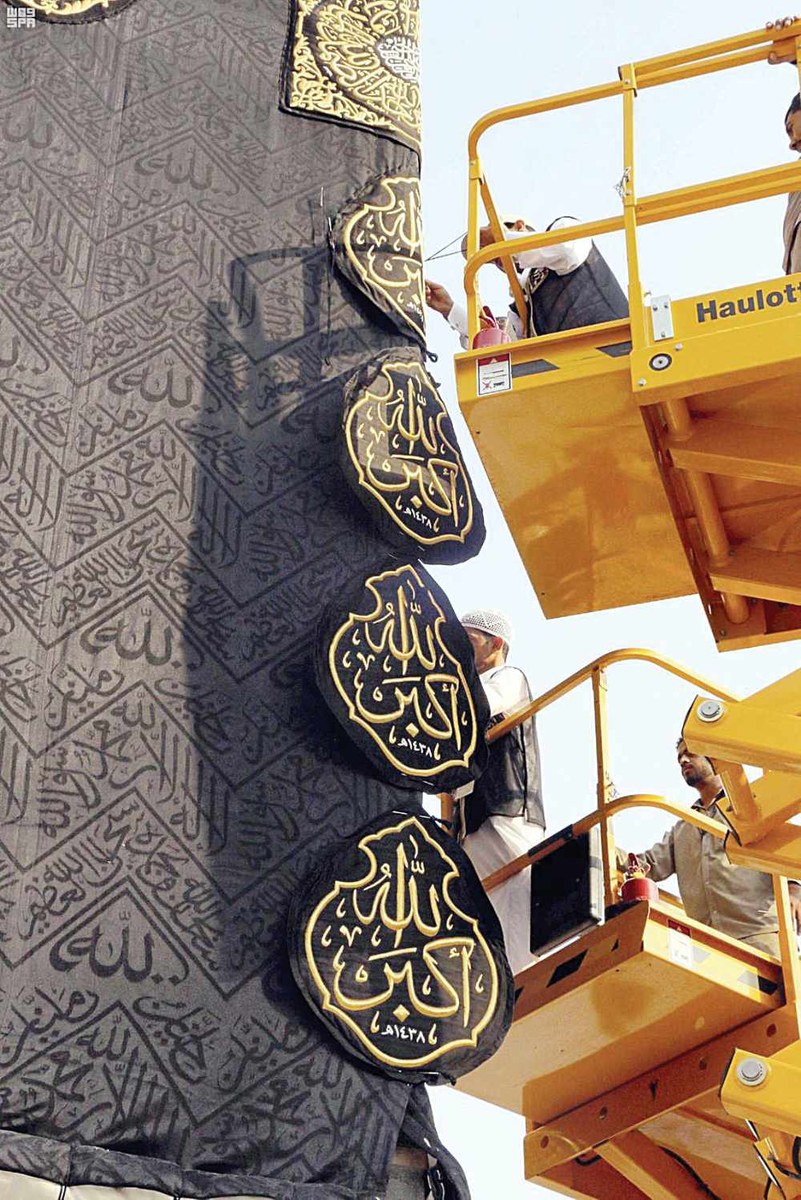
Mokhtar Alim Shokder, a calligrapher at the Kiswa Factory of the Holy Kaaba in Makkah, fell in love with calligraphy at a young age and developed his skill over the years.
(Supplied/ Reuters)
“In older times, ink was used to write the words on papers, then the edges of the letters would be punched with a needle, the papers would be placed on a black fabric, the surface of which would be used for writing,” said Shokder. “Later, a transparent bag made of cloth would be filled with white powder that would be used together with the papers to punch letters on. An embroiderer would use a thread to identify the outside edges of each letter then start his process of embellishing.”
Shokder noted that the process of developing the writing methods was only approved after thorough studies had been conducted on the methods.
Writing on the Kiswa requires strong skills and long hours of training to master the skill. Another challenging part of his job would be the compound and overlapping texts, which require the calligrapher to try several times before reaching the desired outcome, which should be beautiful and with the logical order of words and combine all the elements of the art.




